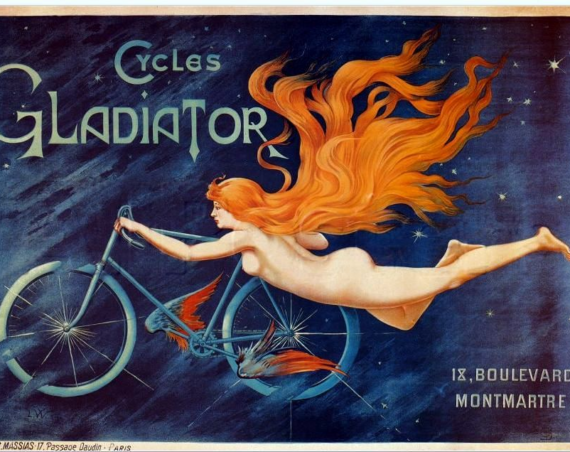
In the vibrant landscape of early 20th-century art, few works capture the dynamic spirit of modernization quite like “The Bicyclist” (1920) by French painter Fernand Léger. This masterpiece stands as a testament to the artist’s unique vision of mechanical cubism and his fascination with the modern world’s increasing mechanization.
The Artist Behind the Canvas
Fernand Léger (1881-1955) emerged as one of the most influential modernist painters of his time. His distinctive style, which came to be known as “tubism” due to its cylinder-like forms, bridged the gap between abstract art and representation. Unlike his contemporaries, Léger embraced the machine age, finding beauty in the geometric precision of industrial forms.
Analyzing “The Bicyclist”
“The Bicyclist” represents a pinnacle of Léger’s mechanical period. The painting transforms a simple cyclist into a symphony of cylindrical forms, bold colors, and intersecting planes. The human figure merges with the mechanical elements of the bicycle, creating a harmonious fusion of man and machine.
Key Visual Elements
The composition employs several striking characteristics:
- Bold primary colors, particularly blues and reds, that energize the canvas
- Geometric shapes that fragment and reconstruct the cyclist’s form
- Strong black outlines that define and separate the various elements
- A dynamic sense of movement achieved through overlapping forms
Historical Context and Significance
Created in 1920, “The Bicyclist” emerged during a pivotal moment in history. The aftermath of World War I had transformed society’s relationship with machinery, while the bicycle itself had become a symbol of modern mobility and freedom. Léger’s work captures this zeitgeist, celebrating rather than fearing technological progress.
Influence on Modern Art
The painting’s influence extends far beyond its time. Its innovative approach to representing movement and its celebration of modern life influenced numerous artistic movements, including:
- Pop Art’s embrace of modern culture
- Op Art’s exploration of visual movement
- Contemporary digital art’s geometric abstractions
Technical Innovation
Léger’s technical achievements in “The Bicyclist” demonstrate his masterful ability to:
- Break down complex forms into basic geometric shapes
- Create depth through overlapping planes
- Balance abstraction with recognizable elements
- Use color to create rhythm and movement
Legacy and Contemporary Relevance
Today, “The Bicyclist” remains remarkably relevant. Its themes of human-machine interaction and urban mobility resonate with contemporary discussions about technology, sustainability, and urban living. The work continues to inspire artists, designers, and creators across various disciplines.
Experiencing the Artwork
While photographs can capture the basic composition, experiencing “The Bicyclist” in person reveals subtle details in texture and color that photographs cannot fully convey. The painting’s significant size and bold execution create an immersive viewing experience that emphasizes its dynamic energy.
Conclusion
“The Bicyclist” stands as more than just a painting – it represents a pivotal moment in art history when modernism embraced the machine age. Through Léger’s unique vision, we see not just a cyclist, but a celebration of movement, progress, and the harmonious potential of the relationship between humans and machines.
This masterpiece continues to captivate viewers and influence artists, proving that great art transcends its time to speak to future generations. Léger’s “The Bicyclist” remains a testament to the enduring power of innovative artistic vision and technical mastery.


